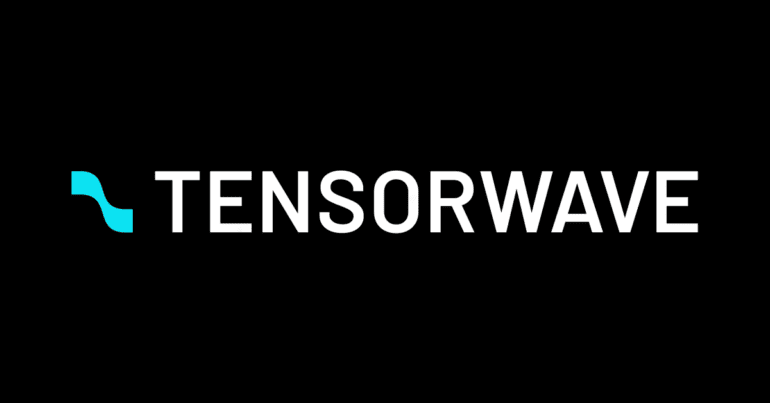- TensorWave, an AI cloud startup, opts for AMD’s Instinct MI300X over Nvidia for its infrastructure.
- AMD’s accelerators offer advantages in terms of cost efficiency and availability compared to Nvidia.
- MI300X boasts superior performance metrics and significant memory bandwidth.
- TensorWave employs Supermicro systems with rear door heat exchangers for efficient cooling.
- Future plans include implementing direct-to-chip cooling and cloud-like orchestration for resource provisioning.
- Despite customer skepticism, TensorWave offers flexible leasing options for MI300X-powered systems.
- Financing expansion through debt leveraging of GPU assets mirrors industry trends.
Main AI News:
In the competitive arena of AI infrastructure, cloud operators are making strategic choices regarding GPU providers. While some, like CoreWeave, Lambda, or Voltage Park, have traditionally relied on Nvidia GPUs for their clusters, others are exploring alternatives, with AMD emerging as a compelling option.
One such player is TensorWave, a startup that has opted for AMD’s Instinct MI300X to power its infrastructure. This decision stems from TensorWave’s assessment that AMD offers competitive advantages over Nvidia, particularly in terms of cost efficiency and availability.
Jeff Tatarchuk, co-founder of TensorWave, underscores the appeal of AMD’s latest accelerators, emphasizing their accessibility and performance superiority over Nvidia’s offerings. With a significant allocation of MI300X chips, TensorWave plans to deploy 20,000 accelerators across its facilities by the end of 2024, with further expansion on the horizon.
The MI300X, unveiled at AMD’s Advancing AI event, boasts impressive specifications, outperforming Nvidia’s H100 in raw performance metrics. With advanced packaging and a substantial memory bandwidth of 5.3TB/s, the MI300X presents a formidable option for AI workloads.
TensorWave’s deployment strategy involves leveraging Supermicro systems, equipped with AMD’s accelerators, to maximize performance while addressing power and cooling considerations. By employing rear door heat exchangers (RDHx), TensorWave aims to mitigate thermal challenges associated with dense GPU clusters.
Looking ahead, TensorWave plans to enhance its infrastructure with direct-to-chip cooling technology and implement cloud-like orchestration for resource provisioning. Additionally, partnerships with companies like GigaIO enable TensorWave to explore innovative solutions for scaling GPU deployments efficiently.
Despite the optimism surrounding AMD’s offerings, there remains some skepticism among customers regarding performance parity with Nvidia. To address this, TensorWave plans to offer flexible leasing options, providing customers with cost-effective access to MI300X-powered systems.
In financing its expansion, TensorWave follows the footsteps of other datacenter operators by leveraging its GPU assets for debt financing. This approach reflects the growing demand for AI infrastructure and the willingness of investors to support ambitious expansion plans.
As TensorWave continues to grow its presence in the AI infrastructure market, it remains poised to challenge Nvidia’s dominance, offering customers compelling alternatives and driving innovation in the cloud computing landscape.
Conclusion:
TensorWave’s decision to embrace AMD’s MI300X accelerators signifies a notable shift in the AI infrastructure market dynamics. As AMD gains traction as a viable alternative to Nvidia, customers benefit from increased choice and potentially lower costs. This trend underscores the evolving landscape of cloud computing, driven by technological advancements and competitive pressures. Market players must adapt to this changing paradigm, navigating the nuances of performance, cost, and innovation to maintain their competitive edge.

